Twin engine: Gert and Uwe Tobias at Whitechapel Gallery, London

Collaborative artists Gert and Uwe Tobias look pale and tired in the unforgiving strip lighting of their shared studio, and, at last, I am able to detect some subtle differences in their expressions. Aged 39, the identical twins live and work together in the same building, the former HQ of a potato storage company, on an industrial island in west Köln. They dress in a similarly fashionable, understated manner, and talk - much to the frustration of this journalist who recorded the conversation with an audio device - with the same intensity, in the same octave and sometimes finish one another's sentences.
But their affinity extends further than that, because the brothers are striving (in their work, at least) for the same thing. So much so that on first meeting I had begun to wonder if they are no longer two individuals but one super-individual,
born out of more than ten years of what they call 'permanenter Austausch', continuous exchange. This means critiquing one another, and refining each other's concepts, with their disarmingly direct way of communicating. This dialogue may have given them a head start, given how quickly the duo has caught the art world's artention.
The Romanian-born Gert and Uwe's mural-sized woodcuts, fantastic tableaux of colourful, carnivalesque figures, earned them an exhibition at MoMA in 2007, and stole the show at Charles Saatchi's group exhibition of new German art in 2011. Saatchi owns four of their prints, which now sell for up to €165,000. After an international run of exhibitions this year, they were chosen by Whitechapel Gallery for its annual commission for The Gallery at Windsor in Florida, which coincides with Art Basel Miami. Now, the Windsor installation has travelled to London.
I meet the brothers on a chilly evening after a full day in the studio. Using their signature pictorial language, which borrows imagery from anything from folklore to typography, their latest canvases see the brothers experimenting for the first time with a box-like, three-dimensional space, with objects and forms arranged decoratively, as in a treasure trove or an altarpiece. 'It's more surrealist than our previous work. We wanted to hint at a narrative by combining these different forms,' says Uwe, letting me delve into one of their shoeboxes filled with nightmarish cut-outs: a woman's leg snatched from Vogue, a headless figure in Bavarian garb from an old pamphlet.
The concept of collage forms the basis of their working relationship. 'We both work in many mediums, from ceramics to drawing,' explains Gert. 'Every piece we produce is made by just one of us, but we both sign it at the end.' They won't, though, tell me which of them has designed the collage for Wallpaper's limited edition subscriber cover (W*166) - they don't think it's relevant. 'The reason we work together is that one of us might suggest something, maybe another colour, or one of us will draw something and the other will borrow a form from it. This dialogue is, in principle, a collage, too.'
The Tobiases connect the idea at the centre of their working process - borrowing styles from one another - to borrowing styles from everywhere, a method of source-gathering that reflects the unpredictability of the metropolitan experience, increasingly informed by digital media and other mash-ups of culturally diverse images. Incidentally, Gert and Uwe are picking up the baton from Wallpaper* cover designer David Hockney. It was Hockney who observed: 'Television is becoming a collage. There are so many channels that you move through them making a collage yourself. In that sense, everyone sees something a bit differently.'
The Tobias twins are sensitive to pop culture and its potential to distort reality. Born in Transylvania, they moved to Germany in 1985, aged 12. As adults, they became interested in a worldwide myth about their birthplace. 'Dracula is now known from Köln to Tokyo from films that stem from Bram Stoker's book. The themes vary, but there's always this cliche about Transylvania.' This forms the basis of one series of works, 'Come And See Before The Tourists Will Do - The Mystery Of Transylvania', which borrows colours, naïve forms and masked figures from the folklore and craft that surrounded them in their childhood, as well as ideas from B movies such as 'American Vampire' and 'Dracula's Dog'. 'We wanted to create something between these two worlds, something that feels uncannily familiar, but also foreign,' says Gert.
Studying fine art under the German artist Walter Dahn, a member of the rebellious 1980s artist group, the Neue Wilde ('Wild Youth'), the brothers worked separately. It wasn't until after they graduated that they worked together. 'Something happened,' says Gert. 'We realised we were both interested in the same themes and mediums.' The twins use the term Zusammenarbeit ('collective work') to describe their creative process - a term encouraged in the former German Democratic Republic, which shunned the ideal of the individual artist genius.
The combined face the brothers present to the world is surprisingly harmonious. Do they ever fight? The question is greeted with the first silence of our interview. 'We discuss,' they eventually insist. I say I don't believe them. 'Sometimes loudly,' adds Gert, grinning. Nonetheless, they manage to share the same living quarters, Uwe in one side of the building with his wife and daughter, and Gert alone on the other side - a set-up that eerily echoes the living arrangements of the 17th-century, fairy-tale spinners, the brothers Grimm, in nearby Kassel.
Despite being born in Romania, the Tobiases come from an old Saxon family, and their aesthetic is rooted in Germanic culture. It was an interest in the quintessentially German craft of woodcutring that cemented the brothers' partnership. 'In our early experiments together we developed our own way of making woodcuts,' says Gert. 'Rather than carving into a wooden block, we cut clean individual shapes out of plywood and use a roller to apply printing ink, and use our hands or feet to layer the colour onto the canvas.' It is a complex process that requires a huge amount of space, so their studio is barren and chairless. On the floor is a giant jigsaw puzzle comprised of hundreds of coloured wooden shapes, and mounted on a podium in the middle of the room is an electric woodcurting knife.
'The important thing for us is to keep the expressive mark [of the traditional woodcut] out. That gives it a more contemporaty feel,' says Uwe. The effect is almost the large-scale equivalent to the punch-print achieved by a typewriter, their favourite tool for more intimate drawings. The process opens up a space for them to play with the history of the more democratic medium of print. For every solo exhibition they have staged, a poster 'invitation' has comprised one of the
artworks in the show. The fact that it looks like a poster, but they call it an invitation, is telling. It is in this space between the public and the personal, the machine-cut and the handmade, that the twins find themselves most at home.
Similarly, each of their woodcut murals comes in a handmade but almost identical edition of two. The contradiction inherent in that statement does not escape them. As I stand in the studio comparing the matching prints, I cannot help but try and seek out their differences. It occurs to me that no matter how hard the hand of man will seek to create perfect repeating forms, the human eye is programmed to seek out the authentic, to reach for evidence of an individual. Nature never produces the same thing twice.
Gert & Uwe Tobias' exhibition runs until 14 June at Whitechapel Gallery
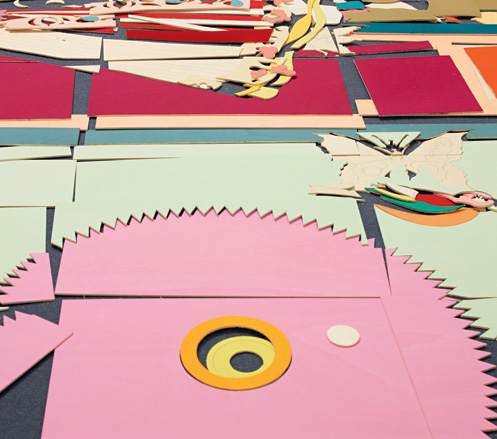
Some of the plywood templates the brothers used to create new woodcut prints for their travelling exhibition.

Two works in progress, with pots of water-based inks in the foreground

Works on show at London's Whitechapel Gallery include: 'Untitled', 2012. © Gert & Uwe Tobias/VG Bildkunst, Bonn.

'Untitled', 2012. © Gert & Uwe Tobias/VG Bildkunst, Bonn.

'Untitled', 2012. © Gert & Uwe Tobias/VG Bildkunst, Bonn

'Untitled', 2012. © Gert & Uwe Tobias/VG Bildkunst, Bonn.
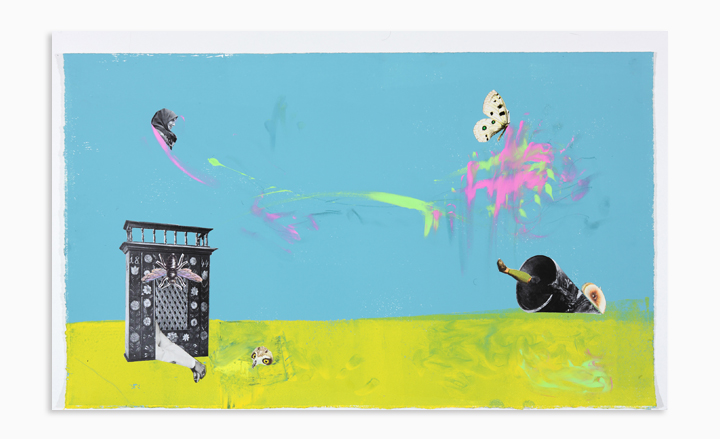
'Untitled', 2012. © Gert & Uwe Tobias/VG Bildkunst, Bonn.
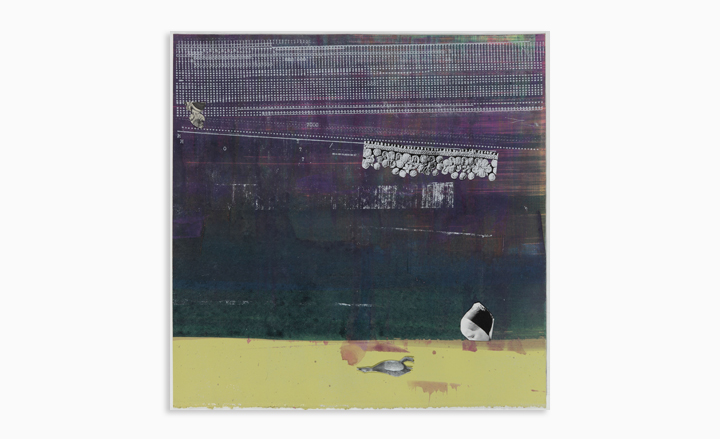
'Untitled', 2012. © Gert & Uwe Tobias/VG Bildkunst, Bonn.

'Untitled', 2012. © Gert & Uwe Tobias/VG Bildkunst, Bonn.
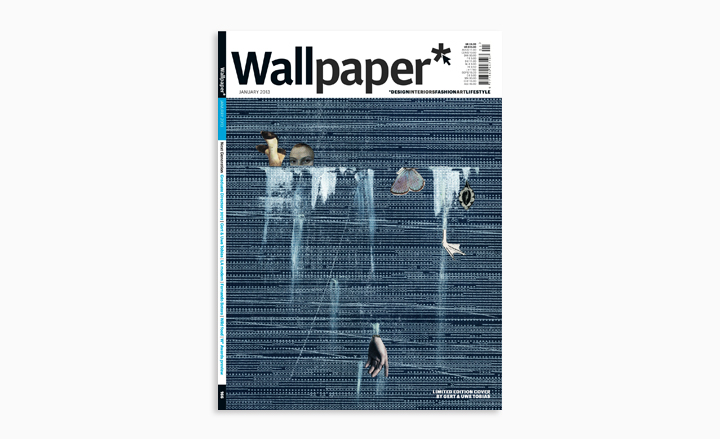
The brothers created a limited-edition cover for our January 2013 issue (see W*166), free to subscribers
ADDRESS
Whitechapel Gallery
77-82 Whitechapel High Street
London E1 7QX
Wallpaper* Newsletter
Receive our daily digest of inspiration, escapism and design stories from around the world direct to your inbox.
-
 Ghanaian cuisine has a story to tell at Washington, DC restaurant Elmina
Ghanaian cuisine has a story to tell at Washington, DC restaurant ElminaThe new restaurant is chef Eric Adjepong’s colourful ode to the recipes he grew up loving
By Sofia de la Cruz
-
 Pedro y Juana's take on architecture: 'We want to level the playing field’
Pedro y Juana's take on architecture: 'We want to level the playing field’Mexico City-based architects Padro y Juana bring their transdisciplinary, participatory approach to the Mexico pavilion at the Venice Architecture Biennale 2025; find out more
By Ellie Stathaki
-
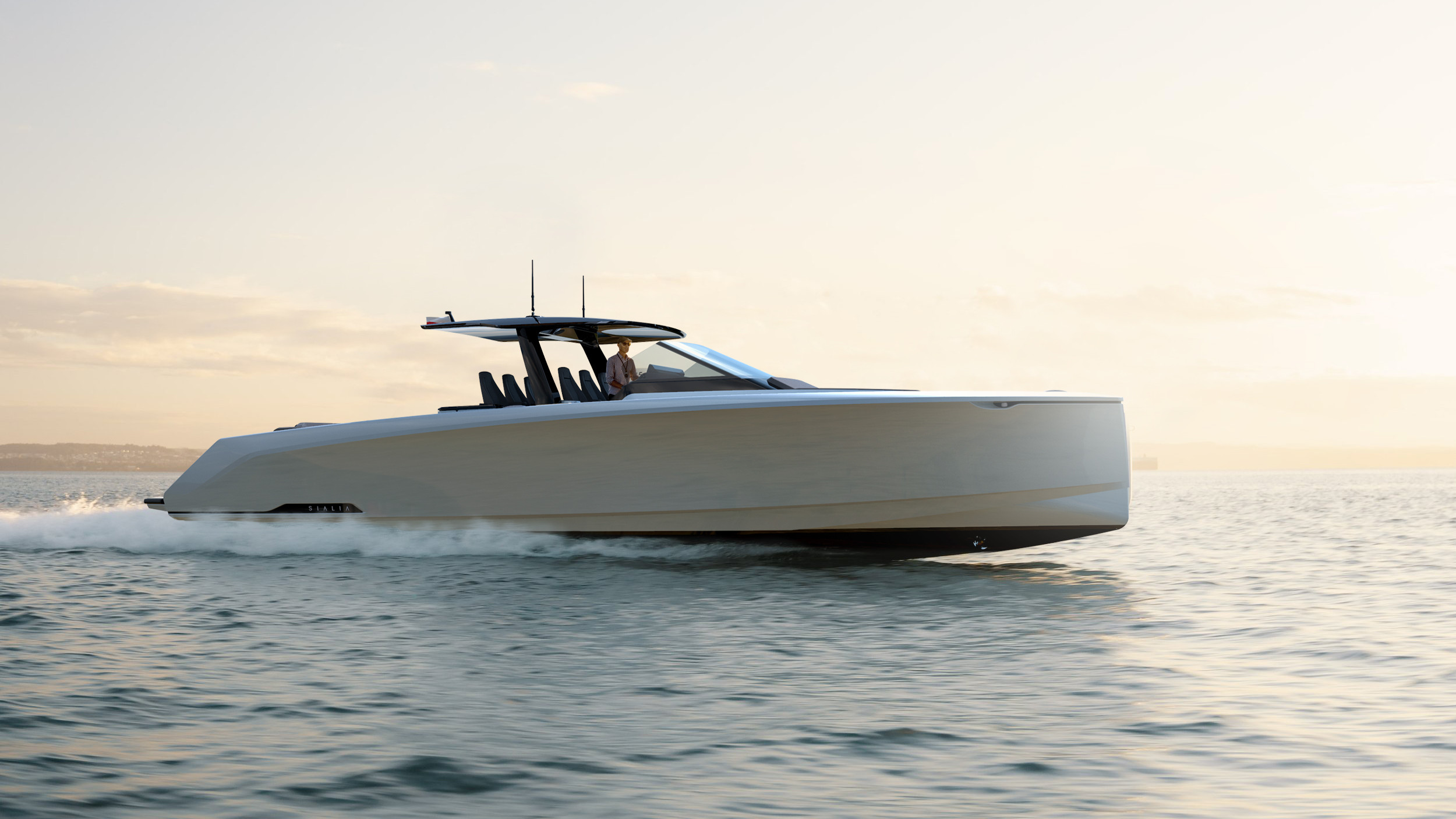 The Sialia 45 cruiser is a welcome addition to the new generation of electric boats
The Sialia 45 cruiser is a welcome addition to the new generation of electric boatsPolish shipbuilder Sialia Yachts has launched the Sialia 45, a 14m all-electric cruiser for silent running
By Jonathan Bell